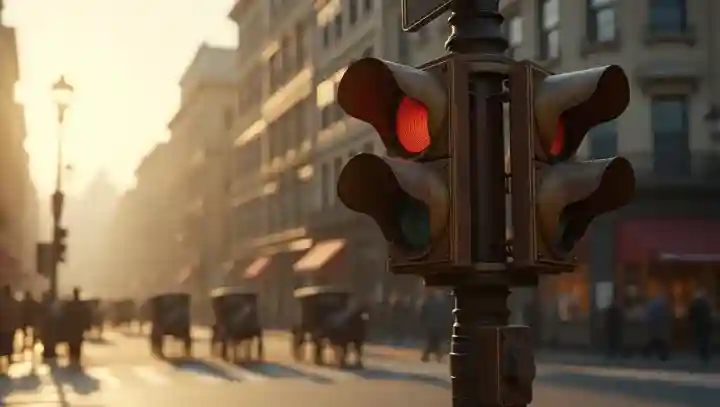
In *****, an unforeseen innovation emerged on the streets of London, laying the groundwork for modern urban traffic systems. Installed near the historic House of Parliament, the world's first traffic light was conceived by engineer J.P. Knight to alleviate the bustling and often chaotic roadway conditions of the time. The initial design featured semaphore arms, manually operated to signal stop and go to the carriage drivers. This rudimentary yet pioneering system was meant to instill a sense of order and safety amidst the horse-drawn vehicles that crowded London’s streets. Despite its mixed reception due to a short-lived operational span, it was a pivotal moment in traffic management history and urban planning, influencing sustainability in city designs worldwide. Experts today reflect on this historical moment as foundational in leveraging technology for public safety and efficient traffic flow. As urban populations continue to proliferate, the principles born from this initial traffic control device resonate with the ongoing challenges of designing smarter, safer cities. This historical insight underlines the perennial quest for balance between city growth and transportation efficiency.